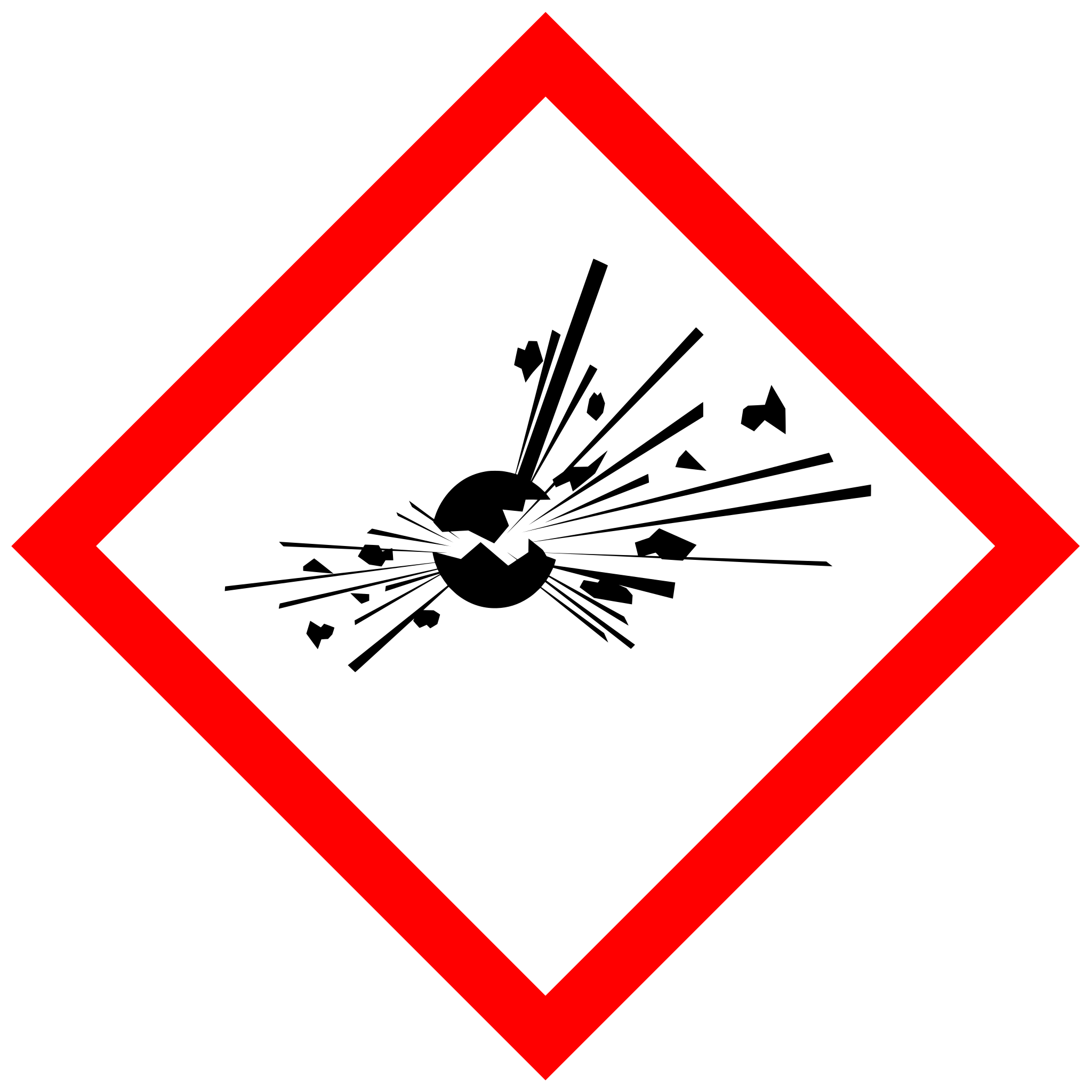What is the pH of a 1.0*10-2 M acidic solution?
What is 2?
This central nervous system stimulant is found in many beverage products, including coffee and energy drinks. It is also found in chocolate.
What is Caffeine?
Name the following compound: CaF2
What is Calcium fluoride?
This pictogram means that the substance or material is liable to self-ignite when exposed to the elements or emit an ignitable gas.

What is Flammable?
This type of Forensics analyzes biological samples for toxins and drugs. This can assist in the detection of lethal poisonings and drug use.
What is Forensic Toxicology?
This is a way that you can monitor/check acid-base titrations.
What is a pH meter, pH paper, or pH indicator?
This naturally occurring organic compound gives cinnamon its flavor and odor. It also has anti-inflammatory, anti-bacterial, and immune-boosting properties.
What is Cinnamaldehyde?
Name the following compound: H2CO3
What is Carbonic acid?
This pictogram means that this substance or material is a carcinogen that can cause damage to the body over time (long-term).

What is Health Hazard?
This type of Forensics analyzes the skeletal remains to determine evidence. This is a special field in forensics.
What is Forensic Anthropology?
Identify the Acid and Conjugate Base pair in this chemical equation:
HCl(aq) + KOH(aq) -> H2O(l) + KCl(aq)
What is HCl (acid) and KCl (Conjugate Base)?
This naturally occurring organic compound is a major component of cumin and essential oils. It also has medicinal uses against pain, inflammation, and nausea.
What is Cuminaldehyde?
Name the following compound: NH4NO3
What is Ammonium nitrate?
This pictogram means that this substance or material facilitates burning or can make a fire burn faster and longer.

What is Oxidizer?
This is the effect that crime shows have on jurors and how they have unrealistic expectations about Forensic Science.
What is the CSI Effect?
This is a solution that resists changes in pH.
This amino acid, which produces and maintains the body's proteins, muscles, enzymes, and neurotransmitters, is found in high levels in turkey, causing many to feel very sleepy after eating Thanksgiving dinner, as it also produces melatonin.
What is Tryptophan?
Name the following organic compound:
What is Hexanol?
This pictogram means that the substance or material can cause skin burns or eye damage on contact.

What is Corrosive?
These are classified as the 5 manners of death.
What are natural, accidental, suicide, homicide, and undetermined?
Write the Henderson-Hasselbach equation.
This chemical irritant and neurotoxin for animals is an active component in spicy foods, including chili powder and Hot Cheetos, as it produces a burning sensation when it comes in contact with tissue.
What is Capsaicin?
Name the following organic compound:
What is 6-butoxy-4-chloro-N-ethyl-9-phenyl-1-decanamine?
This pictogram means that the material or substance can be unstable when exposed to air.

What is Explosive?
This principle states that when two items touch, there will be an exchange of material. When applied to Forensics, it states that when a perpetrator enters a crime scene, they will leave something at the crime scene and take something with them.
What is Locard's Exchange Principle?